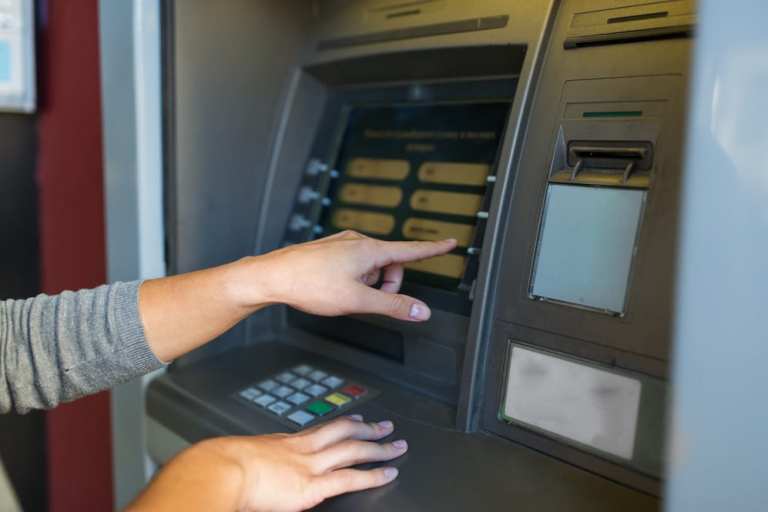
The ATM isn’t living up to its full potential, a fact that’s really starting to come into focus for financial institutions (FIs) under COVID-19. The days of the ATM serving as just a quick cash dispensary are numbered, Sonia Sedler, Diebold Nixdorf’s global head of managed services and banking strategy, told PYMNTS in a recent discussion. Consumers who are rapidly moving to digital commerce in the pandemic’s wake are looking for very different things when it comes to transacting with financial services firms.
“A lot of users don’t want to be in a building for too long,” Sedler said. “They’re concerned about human contact. They’re concerned about the number of other shoppers within a retail environment. … I think ATMs are starting to play a far more important role, [and] I believe banks are starting to see the value of those ATMs during challenging business times such as COVID-19.”
Done right, she said, ATMs can provide a safer, more cost-effective touchpoint, offering customers a full range of financial services without the need to go to a physical bank. But Sedler said doing it right means abandoning the out-of-date view of ATMs as mere cash dispensers, and instead embracing the latest advances in their capabilities.
Sedler believes that banks also need to find a partner who can help them get that offering in place, and then “they can start to appreciate the business value and return on investment that those new ATMs are offering.”
Using ATMs To Create Customer Value
To build the right ATM experience, FIs need to understand when consumers come into a branch because they want to, rather than just because they don’t have another choice, Sedler said.
Diebold has found that consumers want to enter the branch when they have a slightly more complex question that requires a human to answer. They have a question about their mortgage, for example, or might be seeking advice about consolidating their loans or building their retirement savings. For anything else, customers are happy to use self-service if they can – and if they can do so outside of a bank branch in the COVID-19 era, all the better.
“Having an ATM that can filter through as many of the self-service transactions as possible allows a bank to free up their own staff on business-critical issues,” Sedler pointed out.
That can allow a bank’s staff to offer the kind of tailored service and guidance that consumers actually want from their physical branches – a business-critical area that FIs should be focusing on, she said.
“This is where we have to get passionate about thinking about how much can we actually digitize,” said Sedler. “How many transactions? What greater functionality can we leverage, for example, by adding video? Is it possible to implement retina recognition for ID and verification within the ATM channel so that in the future, consumers could actually achieve end-to-end mortgage service without having to go into the branch? How can we use ATMs to open accounts and issue cards?”
Using Advanced ATMs In Place Of Branches
Sedler added that a robustly equipped ATM can extend a bank’s reach at a time when many FIs are closing branches to save money.
She believes banks should “really start looking at the ATM channel and its capabilities in terms of its geographical footprint and its ability to act as a brand ambassador and brand representative. I think financial institutions [should] begin to see that the ATM can actually be repurposed into a mini-branch … all by itself.”
Building A Better ATM For The Future
However, Sedler said FIs shouldn’t necessarily build and manage advanced ATM systems on their own – they are complicated and expensive to build in-house, so many firms might want to outsource to experts like Diebold.
“For the organizations that are delivering that outsourced model, this is their core business, end to end,” Sedler explained.
Still, she admitted that with the pandemic putting so much on banks’ plates, upgrading their ATM systems will take time. Even so, she sees change as inevitable, largely because consumer demand will force FIs to rethink how to optimize all of their channels.
“Banks have [a lot] on their priority lists today, but I do believe there is a future where banks will begin to recognize the ATM channel as something not to be ignored or phased out,” she said. Rather, Sedler believes ATMs are “a really critical digital alternative and important to the omnichannel delivery strategy.”